As they say, “new is the well-forgotten old.” And this aphorism is applicable to almost every area of our lives. Therefore, today we will take a short excursion into that very well-forgotten old. Namely, we will briefly recall the history of Xiaomi and see the changes of flagships of the “Mi” lineup. In other words, let’s take a closer look at the evolution of Xiaomi smartphones.
First of all, a small clarification – in the material we ignore all modifications with the prefixes s, T and so on. We will only go through the main flagships.
How it all began
Before diving into the abyss, a few words about how Xiaomi generally came to its current state. It all started back in 2010. Yes, it’s been 10 years already. And not from a hardware product, but from a software product – shells for the Android operating system, the very MIUI. The firmware was installed on a small number of third-party devices, but even then it interested fans of everything new with both design and functionality. Thus, a small little-known start-up company managed to collect the first fan base, and after a year, apparently, and find financing for something more.
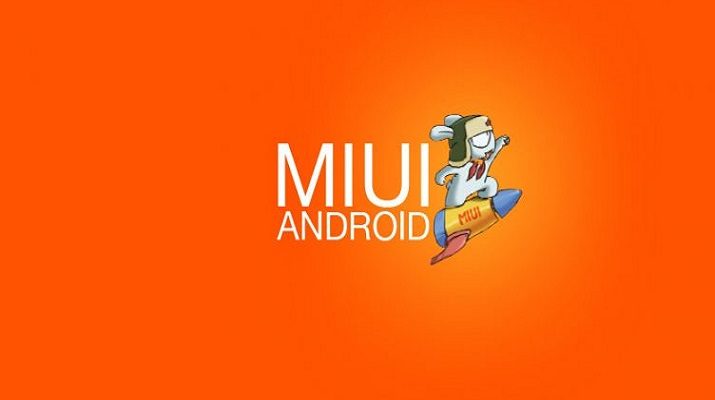
Xiaomi Mi 1
- Announced: August 16, 2011
- Display: 4″, 850 × 480, transflective LCD
- SoC: Qualcomm Snapdragon S3 with Adreno 220
- RAM: 1 GB
- ROM: 4 GB
- Main camera: 8 megapixel, with autofocus
- OS: Android 2.3.6 with MIUI 3 shell
- Battery: 1930 mAh
And the first smartphone of the company was Xiaomi Mi 1. It was announced back in 2011, literally a year after Xiaomi was founded. The smartphone was interesting for several unique features, had a very affordable price tag and was not much inferior to competitors in terms of equipment.
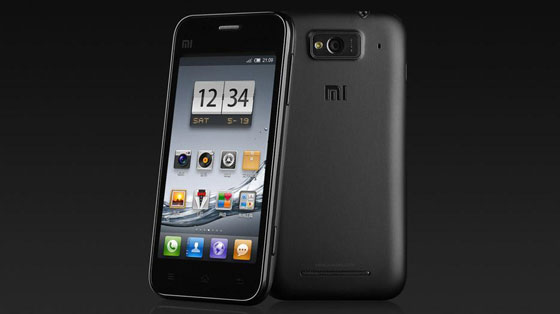
Firstly, it had a transflective display. I am sure that many of you have not even heard of this, because now this technology is practically forgotten. Amazfit Bip had something like that. The main feature of such a panel was excellent readability in the sun and the brighter the surrounding conditions, the better the information was visible on a display.
The second feature of Mi 1 was considered unique – it is a dual system partition that allows you to install two versions of the firmware at once. Thus, fans and enthusiasts, already numerous by then, could experiment with fresh versions of MIUI without giving up on the stable version of the firmware.
Xiaomi Mi 2
- Announced: August 16, 2012
- Display: 4.3″, 1280 × 720, IPS LCD
- SoC: Qualcomm Snapdragon S4 Pro with Adreno 320
- RAM: 2 GB
- Storage: 16/32 GB
- Main camera: 8 megapixel, with autofocus
- Front camera: 2 megapixels
- OS: Android 4.1 with MIUI 5 shell
- Battery: 2000 mAh
A year passes and exactly on the same August day the company announces the second generation of the flagship – Xiaomi Mi 2. And along with it came the first records for the number of sales. And why? Yes, because it’s cheap – the price has remained the same, but the device was vastly imprived, starting with with the design, with ability to buy color back covers, and ending with the most powerful hardware at that time.
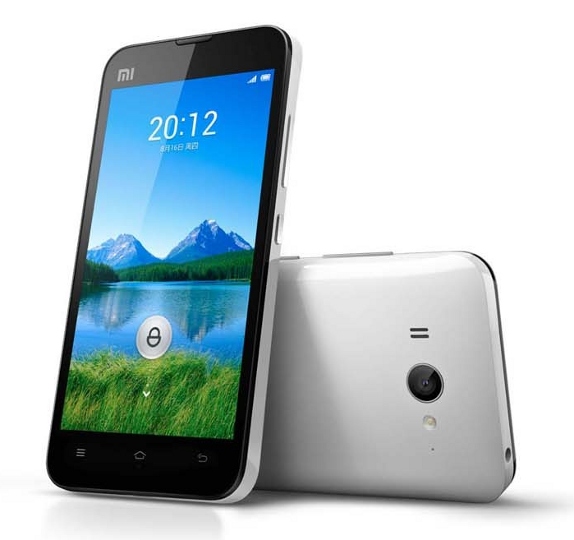
Even then, the manufacturer began to pay attention to the operating time of the smartphone and the buyer could find an increased battery (3100 mAh versus 2000 mAh). Of course, with a special cover for it and an increased thickness of the device, but it could work longer by 30 percent, which was a big deal.
Xiaomi Mi 3
- Announced: September 5, 2013
- Display: 5″, 1920 × 1080, IPS LCD
- SoC: Qualcomm Snapdragon 800 with Adreno 330
- RAM: 2 GB
- Storage: 16/64 GB
- Main camera: 13 megapixels, f/2.2
- Front camera: 2 MP, f/2.2
- OS: Android 4.3 with MIUI 5 shell
- Battery: 3050 mAh
Again, a year later, Xiaomi Mi 3 comes out, and once again becomes a hit in the home market. Three minutes after the start of sales, about 200,000 copies were purchased. This was the best-selling model for the entire 2013. What was such success based on? For the third year in a row, Xiaomi was able to significantly improve performance, as well as keep the cost at the same low level.

A smartphone with a relatively small monolithic body, a high-quality display, the most productive platform at the time of release, a good camera – the hype was understandable. In addition, somewhere in this period Xiaomi decided to expand the boundaries of influence and began to enter other markets.
Xiaomi Mi 4
- Announced: July 21, 2014
- Display: 5″, 1920 × 1080, IPS LCD
- SoC: Qualcomm Snapdragon 801 with Adreno 330
- RAM: 2/3 GB
- Storage: 16/64 GB
- Main camera: 13 megapixels, f/1.8
- Front camera: 8 MP, f/1.8
- OS: Android 4.4 with MIUI 6 shell
- Battery: 3080 mAh
The fourth flagship of the company, Xiaomi Mi 4, was introduced in 2014. Xiaomi was already the market leader and became the third largest smartphone supplier in the world, ahead of Huawei and LG. Mi 4 had everything that could be expected from the flagship of that year. You could even buy covers with imitation of wood and leather. The phone learned how to shoot 4K video, but did not support working with LTE networks, which was fixed at the end of the same year with a small modification of Mi 4 with an LTE prefix.
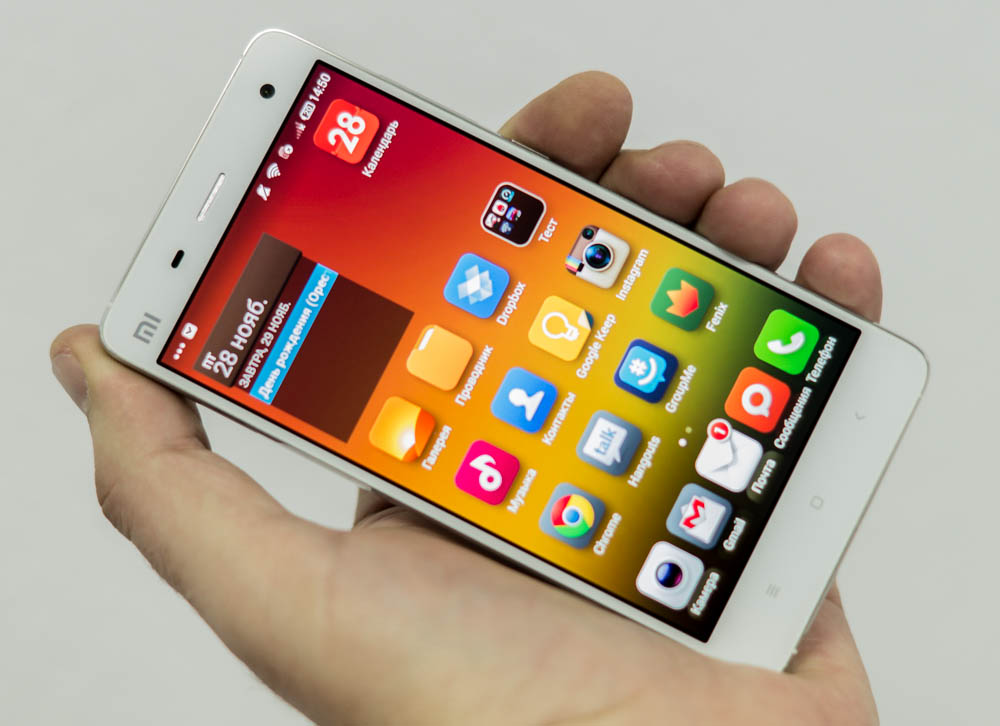
The collaboration of Xiaomi and Microsoft was extremely interesting: Microsoft released the Windows 10 Mobile OS for the Chinese flagship. This was the first and only Xiaomi on which could have both these OS.
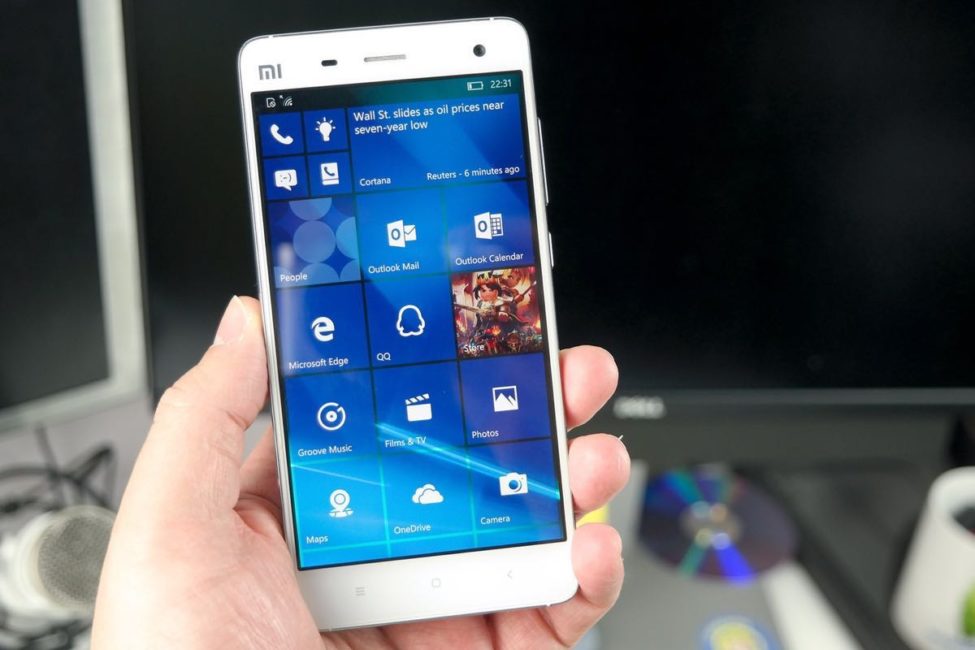
Xiaomi Mi 5
- Announced: February 24, 2016
- Display: 5.15″, 1920 × 1080, IPS LCD
- SoC: Qualcomm Snapdragon 820 with Adreno 530
- RAM: 3/4 GB
- Storage: 32/64/128 GB
- Main camera: 16 MP, f/2.0, PDAF, OIS
- Front camera: 4 MP, f/2.0
- OS: Android 6.0 with MIUI 7 shell
- Battery: 3000 mAh
After the release of Mi 4, Xiaomi focused on other lineups, postponing the release of the long-awaited fifth generation flagship for a year and a half. Xiaomi Mi 5 was released only in 2016. But how! Mi 5 turned out to be a very balanced flagship, which pleased both with the design and the materials. And as usual, it cost at least half the price of the flagships from competitors.
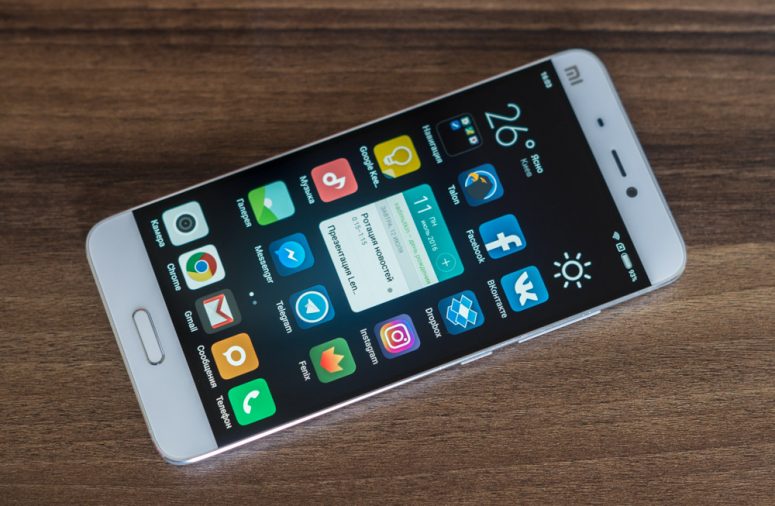
Xiaomi Mi 6
- Announced: April 19, 2017
- Display: 5.15″, 1920 × 1080, IPS LCD
- SoC: Qualcomm Snapdragon 835 with Adreno 540
- RAM: 4/6 GB
- Storage: 64/128 GB
- Main camera: 12 megapixels, f/2.0, PDAF, OIS + telephoto 12 megapixels, f/2.6
- Front camera: 8 MP, f/2.2
- OS: Android 7.1 with MIUI 8 shell
- Battery: 3350 mAh
The announcement of the sixth flagship of the line, Xiaomi Mi 6, was accompanied by a slight delay due to Samsung, who bought ALL Snapdragon 835 processors. However, in the spring of 2017, the next flagship of the Chinese giant Xiaomi was revealed. Traditionally, the smartphone collected all the latest trends, like two cameras, one of which allows for 2x optical zoom. However, not so pleasant changes were noticeable as well: a 3.5 mm audio jack disappeared. In all other respects, that was a great and affordable flagship.
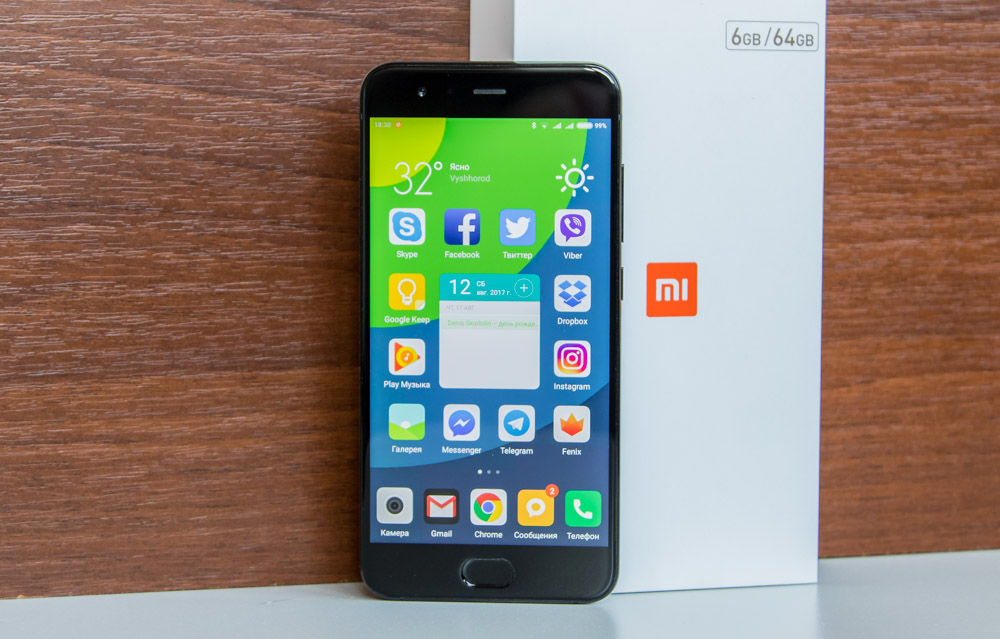
Read also: Xiaomi Mi 6 review – another bestseller?
Xiaomi Mi 8
- Announced: May 31, 2018
- Display: 6.21″, 2248 × 1080, Super AMOLED, HDR10
- SoC: Qualcomm Snapdragon 845 with Adreno 630
- RAM: 6/8 GB
- Storage: 64/128/256 GB
- Main camera: 12 megapixel, f/1.8, dual pixel PDAF, OIS; TV 12 MP, f/2.4
- Front camera: 20 MP, f/2.0
- OS: Android 8.1 with MIUI 10 shell
- Battery: 3400 mAh
In theory, the next flagship Xiaomi was supposed to be Mi 7. I mean it’s only logical. But shortly before the announcement, Xiaomi said that the differences in the future new product are too significant to call the new flagship the 7. So, meet Xiaomi Mi 8. Well, what was so good about it that you had to break the numbering logic like this?
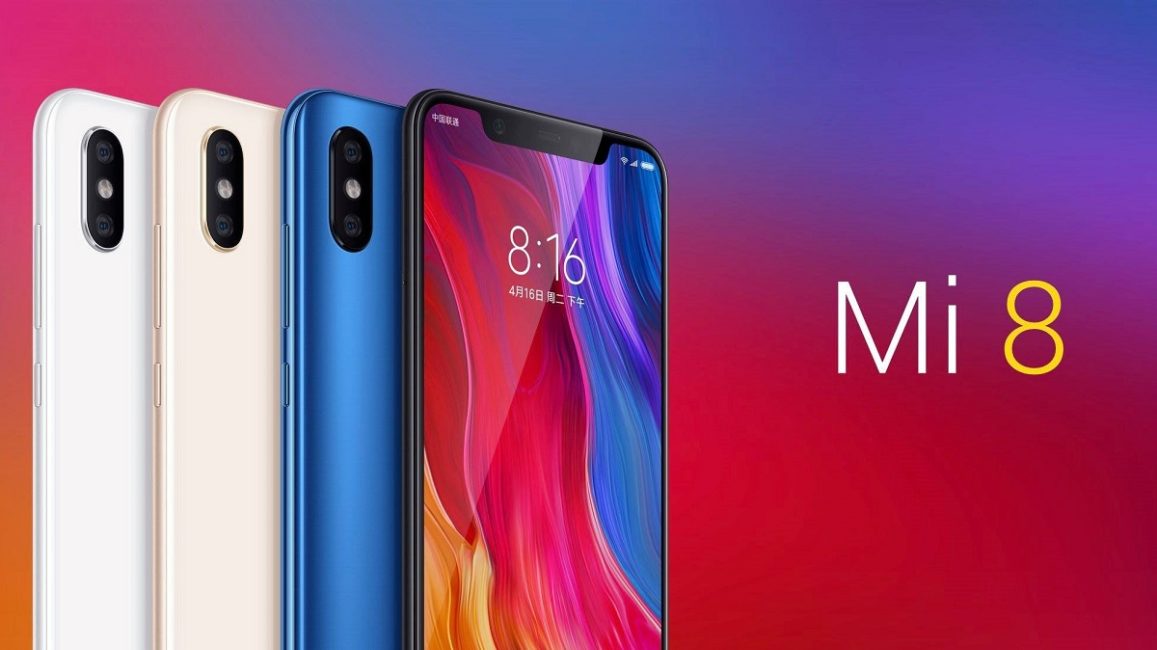
Compared to Mi 6, there are really a lot of changes. Mi 8 was the first in the Mi lineup with an elongated screen and Super AMOLED matrix, not IPS. It also had a notch with infrared sensors, which not only allowed face recognition in any conditions, but also significantly increased security. In general, a real Face ID. Xiaomi deserved respect for at least trying to provide real face recognition – many other simply installed a camera in the notch.
Also worth mentioning is the translucent variation of Mi 8 – Explorer Edition, where on the back you could observe the layout of the internal elements. What a beauty.
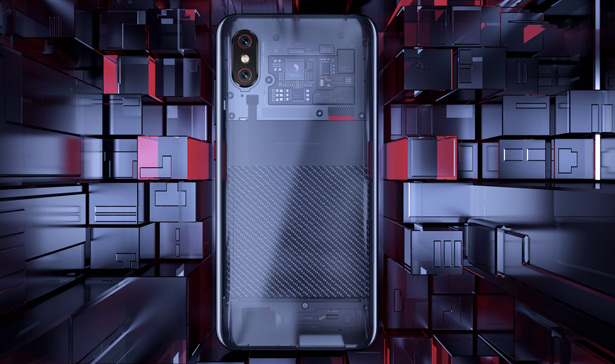
Xiaomi Mi 9
- Announced: February 24, 2019
- Display: 6.39″, 2340 × 1080, Super AMOLED, HDR10
- SoC: Qualcomm Snapdragon 855 with Adreno 640
- RAM: 6/8 GB
- Storage: 64/128/256 GB
- Main camera: 48 MP, f/1.8, PDAF, Laser AF; TV 12 MP, f /2.2 PDAF, Laser AF; super wide 16 MP, f/2.2, PDAF, Laser AF
- Front camera: 20 MP, f/2.0
- OS: Android 9 with MIUI 10 shell
- Battery: 3300 mAh
In February 2019, Xiaomi Mi 9 was revealed to the world. Once again, it was advanced, powerful, and relatively cheap. With a good fingerprint scanner under the display, three really useful cameras, plus wireless charging, which made the smartphone even closer to the expensive flagships from eminent manufacturers. Moreover, it was not just wireless, but fast wireless with 20 watts.
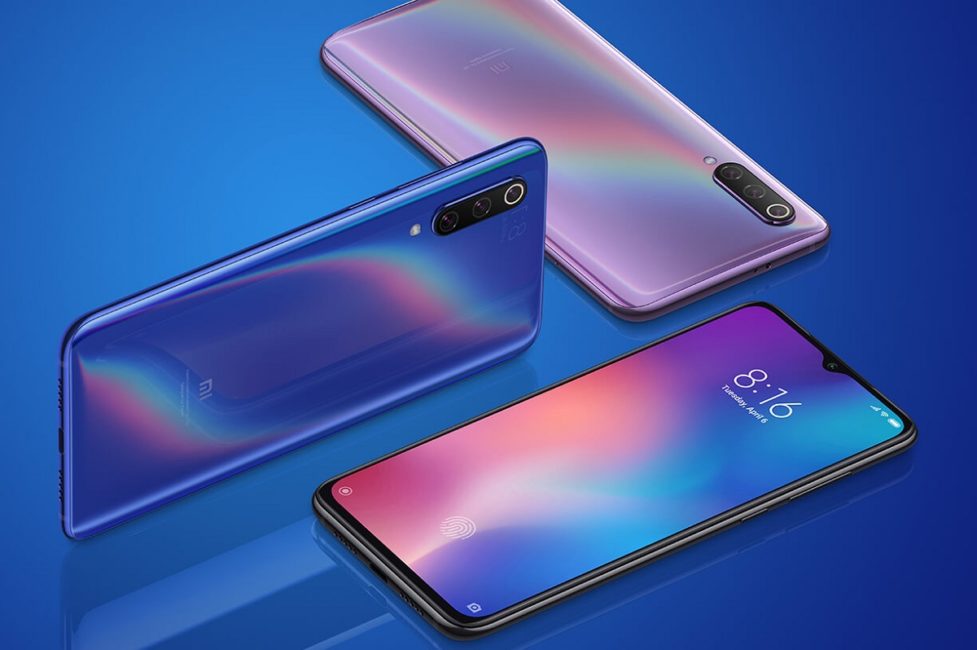
Xiaomi Mi 10 and Xiaomi Mi 10 Pro
- Announced: February 13, 2020
- Display: 6.67″, 2340 × 1080, Super AMOLED, HDR10 +, 90 Hz
- SoC: Qualcomm Snapdragon 865 with Adreno 650
- RAM: 8/12 GB
- Storage: 128/256/512 GB
- The main camera in Mi 10: 108 megapixels, f/1.7, PDAF, OIS; super wide 13 MP, f/2.4; 2MP macro module f/2.4; 2MP f/2.4 depth sensor
- The main camera in Mi 10 Pro: 108 megapixels, f/1.7, PDAF, Laser AF, OIS; oversized 20 MP, f/2.2; TV 8 MP, f/2.0, PDAF, Laser AF, OIS; portrait 12 MP, f/2.0, dual pixel PDAF
- Front camera: 20 MP, f/2.0
- OS: Android 9 with MIUI 10 shell
- Battery in Mi 10: 4780 mAh
- Battery in Mi 10 Pro: 4500 mAh
So we got to the anniversary Xiaomi Mi 10 and Xiaomi Mi 10 Pro, which were announced just a month ago. Smartphones have become even more productive, received support for 90 Hz screen refresh rate and much more voluminous batteries, unlike its predecessors. If only the price tags had not been inflated as well… But this is Xiaomi, and they have something to choose from in almost any price range.
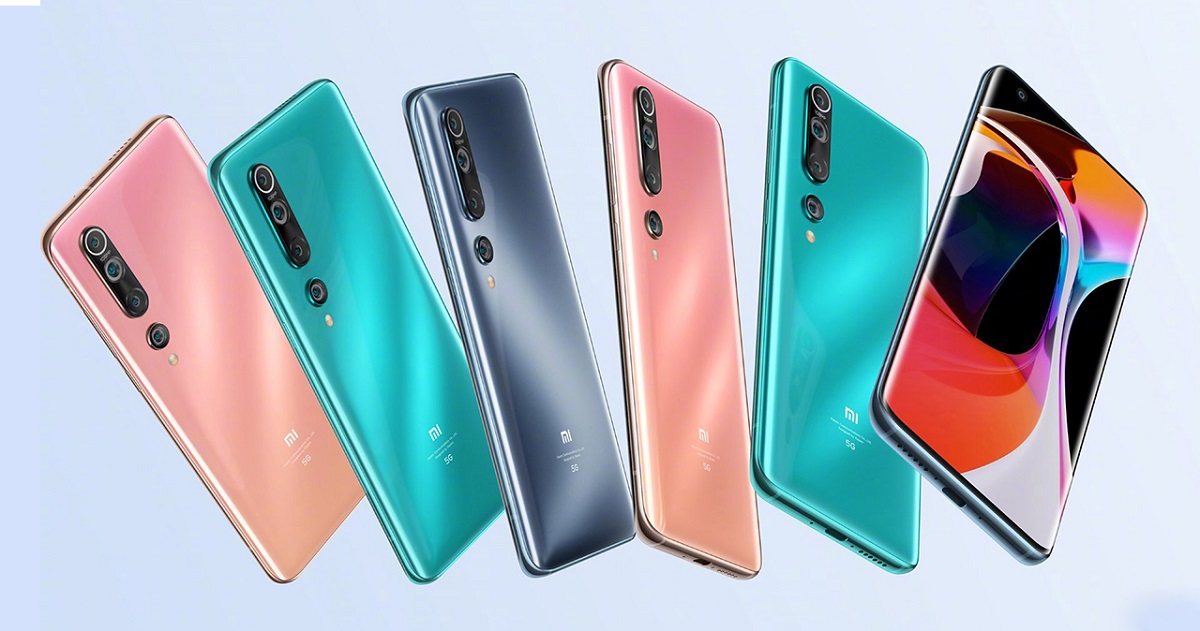
Verdict
This is how Xiaomi flagships have evolved. With amazing speed, the company have conquered the market and, as practice shows, deservedly so. Write in the comments which smartphone from today’s article you owned or own right now!
Subscribe to our accounts:
Great Blog,Thanks for sharing it.